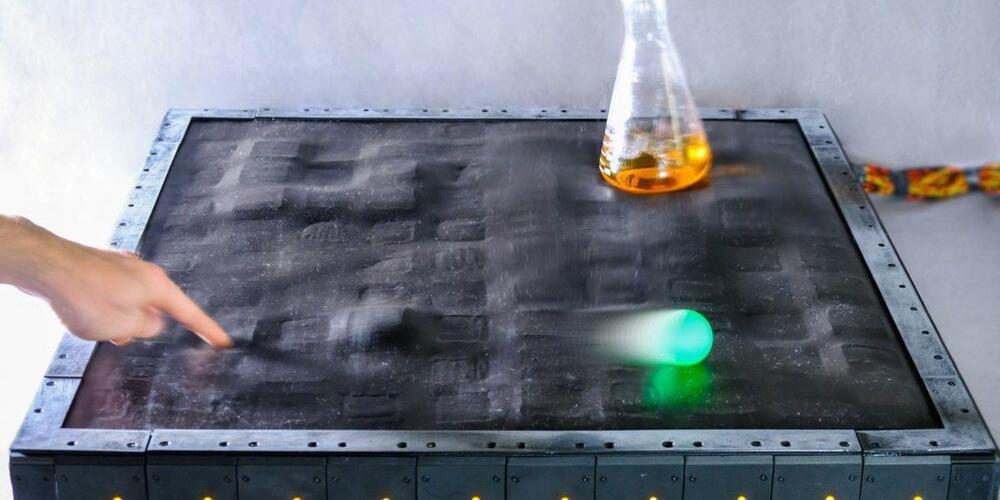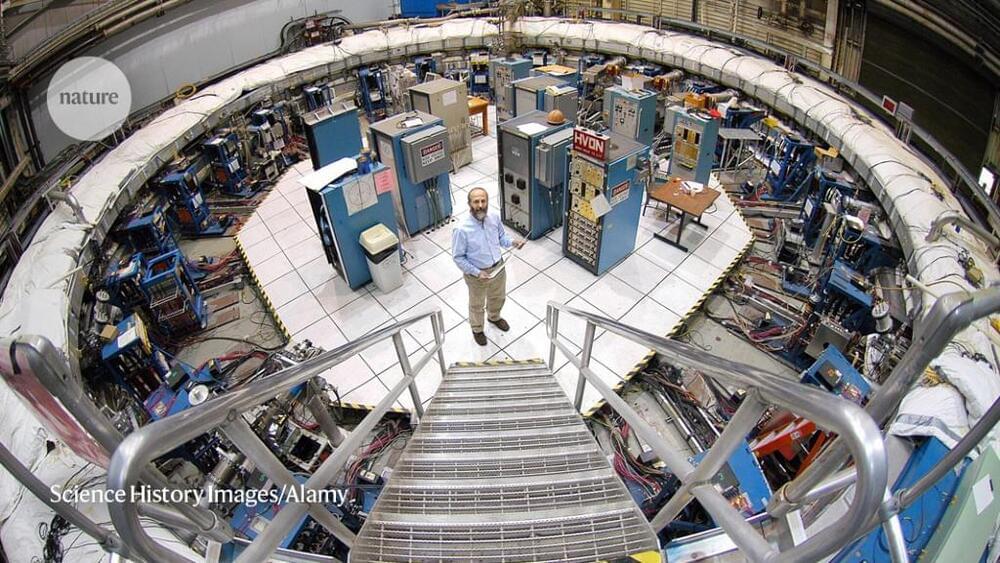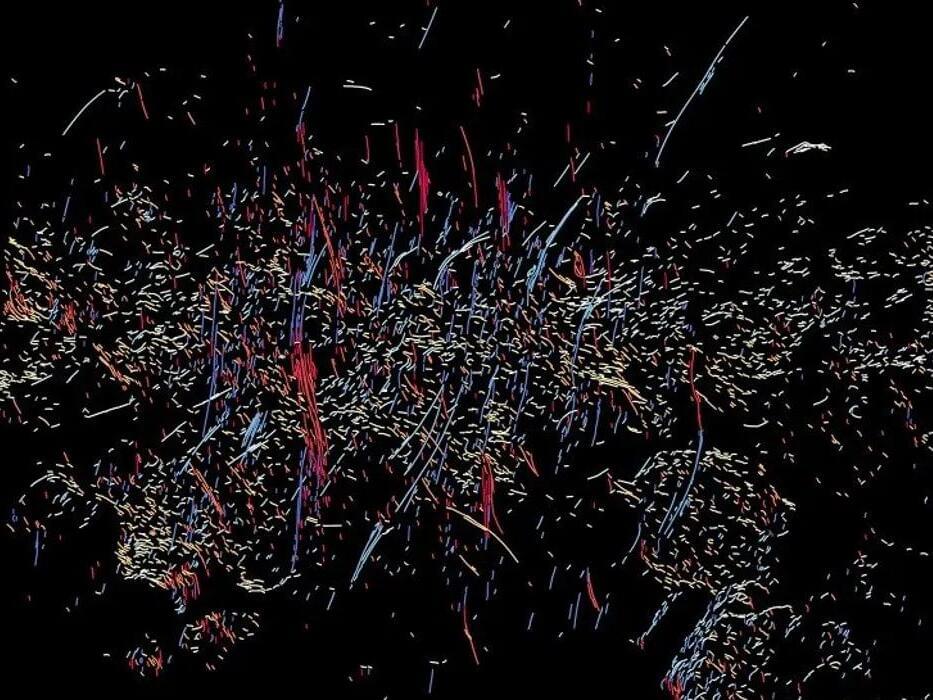Just throwing this out there…
Earlier this month, Meta showed staff plans for a text-based social network designed to compete with Twitter.

Rotifers are multicellular, microscopic marine animals that live in soils and freshwater environments. They are transparent and can be easily grown in large numbers. As such, they have been used in some laboratories as research subjects for many years. Now scientists have found a way to manipulate the rotifer genome, which can make them far more useful for many different research applications.
In new work reported in PLOS Biology, scientists used the CRISPR-Cas9 gene editing tool to alter two rotifer genes. These edits were then passed down to future generations of rotifers. This effort can now help others use these organisms in their laboratories.
Upgrade will sharpen our view of nature’s atomic processes at work, aiding the development of a number of transformative technologies.




The “wobble” of a tiny particle known as a muon is once again challenging our understanding of physics and could be the start of a major discovery, scientists have said.
For the third time, findings from experiments have shown this particle does not behave as predicted by the Standard Model – the rulebook physicists use to describe and understand how the universe works at the subatomic level.
Scientists said their latest results, which have been submitted to the journal Physical Review Letters, reinforce measurements of the muon’s wobble in previous experiments and are even more precise.



The above image may look like a piece of colourful, abstract art, but it is, in fact, a glimpse at the very heart of our galaxy.
Most of us can’t even begin to imagine what lurks beyond our solar system, but astrophysicists in the US have discovered a whole colony of incredible structures at the centre of the Milky Way.
Scientists already knew that mysterious, magnetised strands hang in space, but a new investigation has uncovered a whole new population of them, and found that they are handily pointing in the direction of the galactic centre.